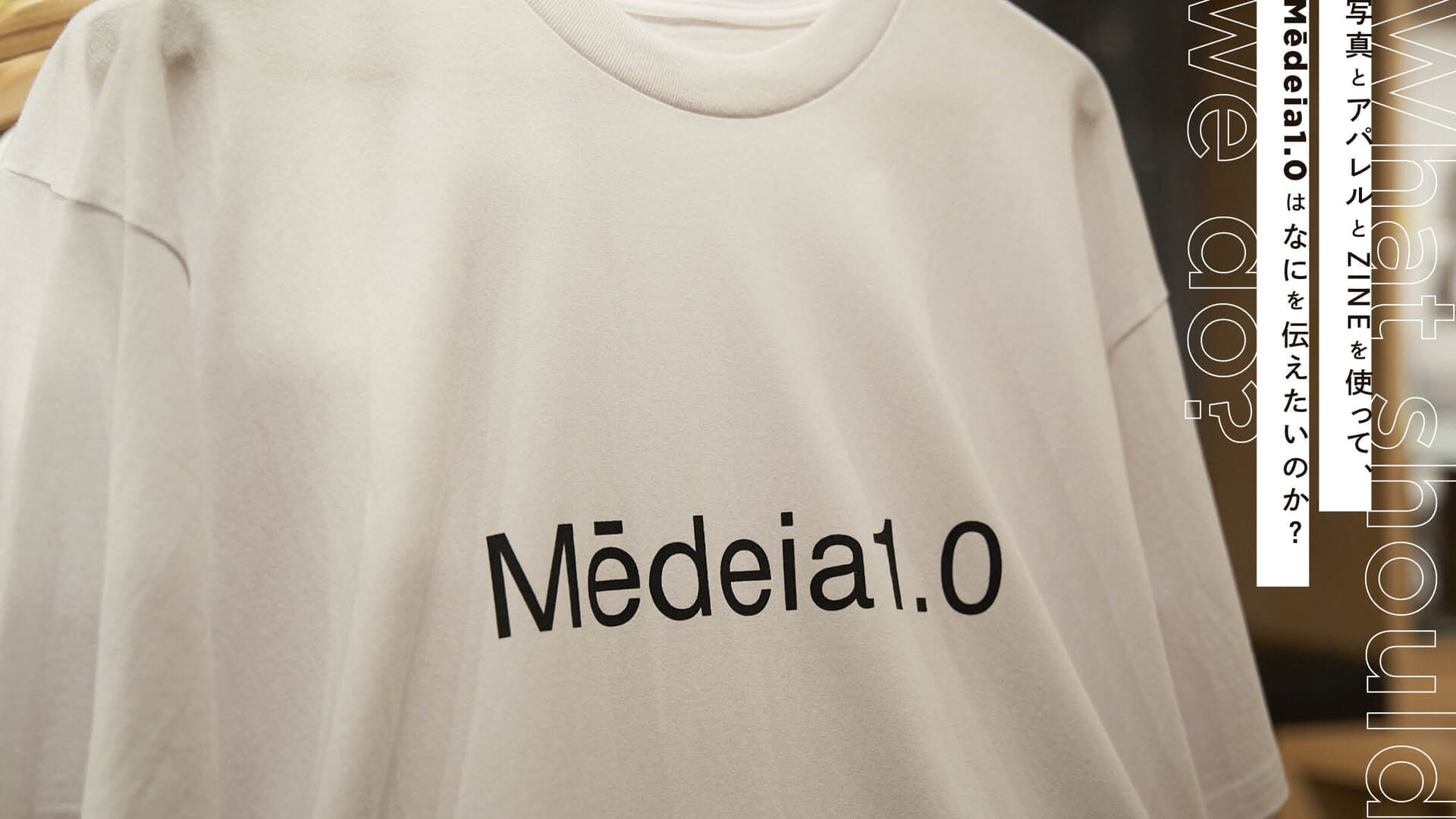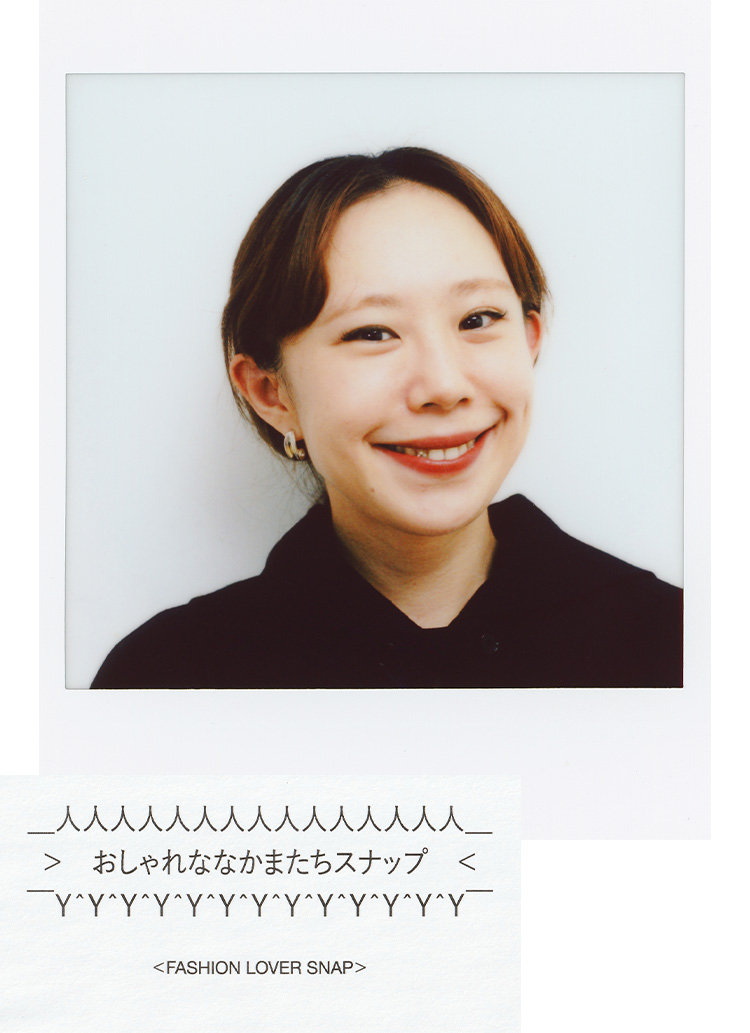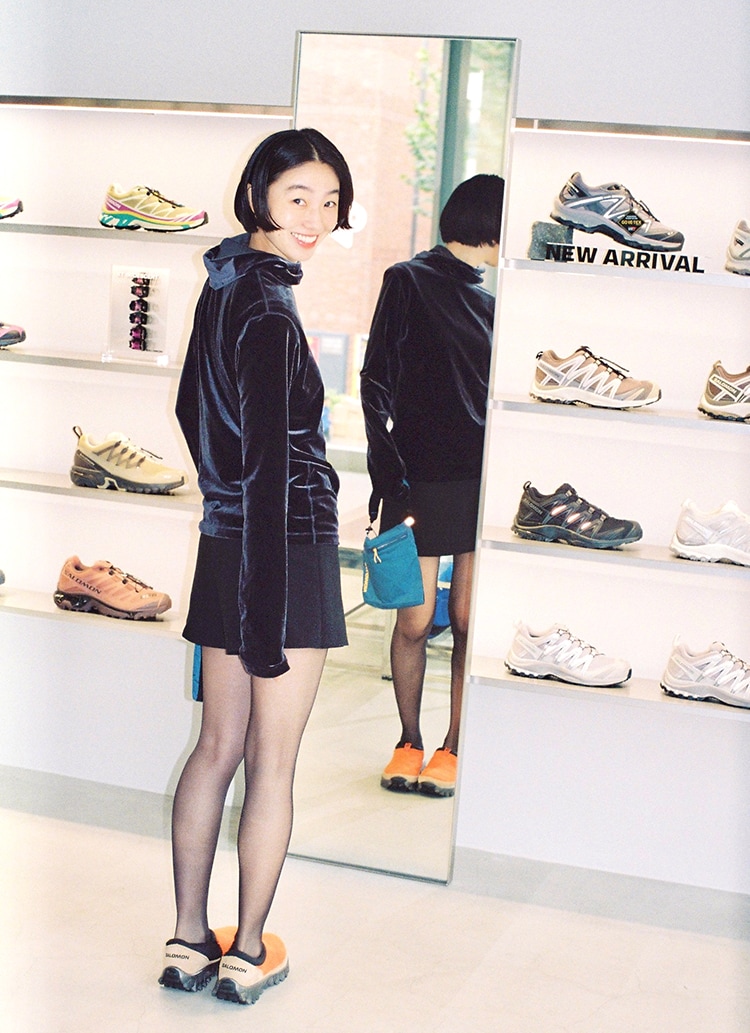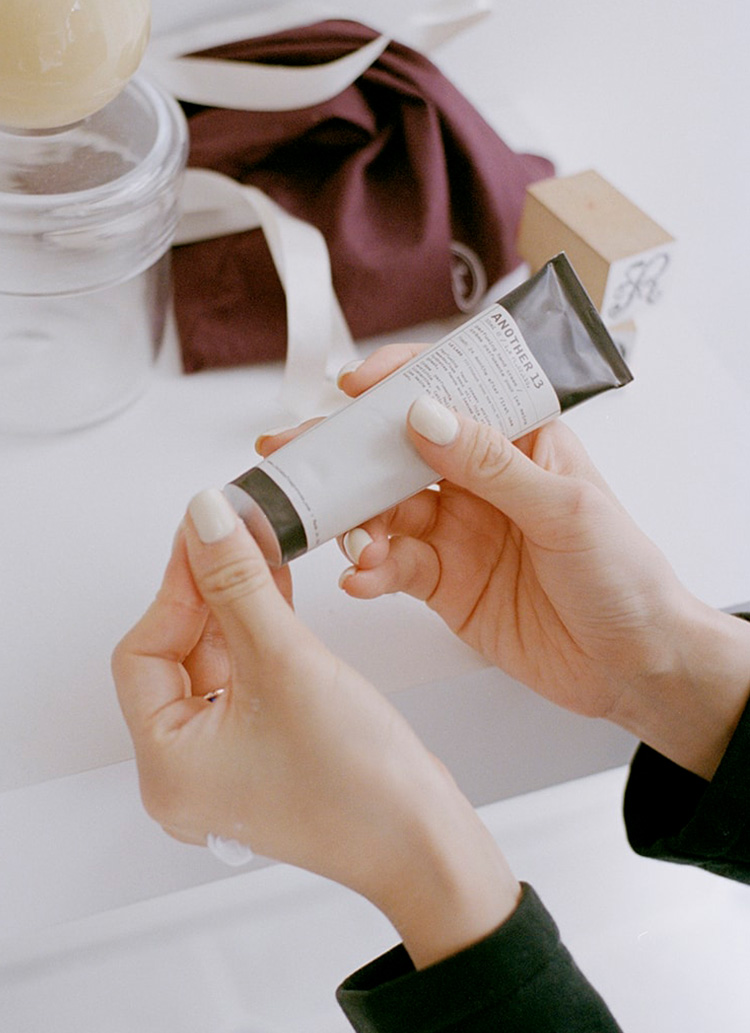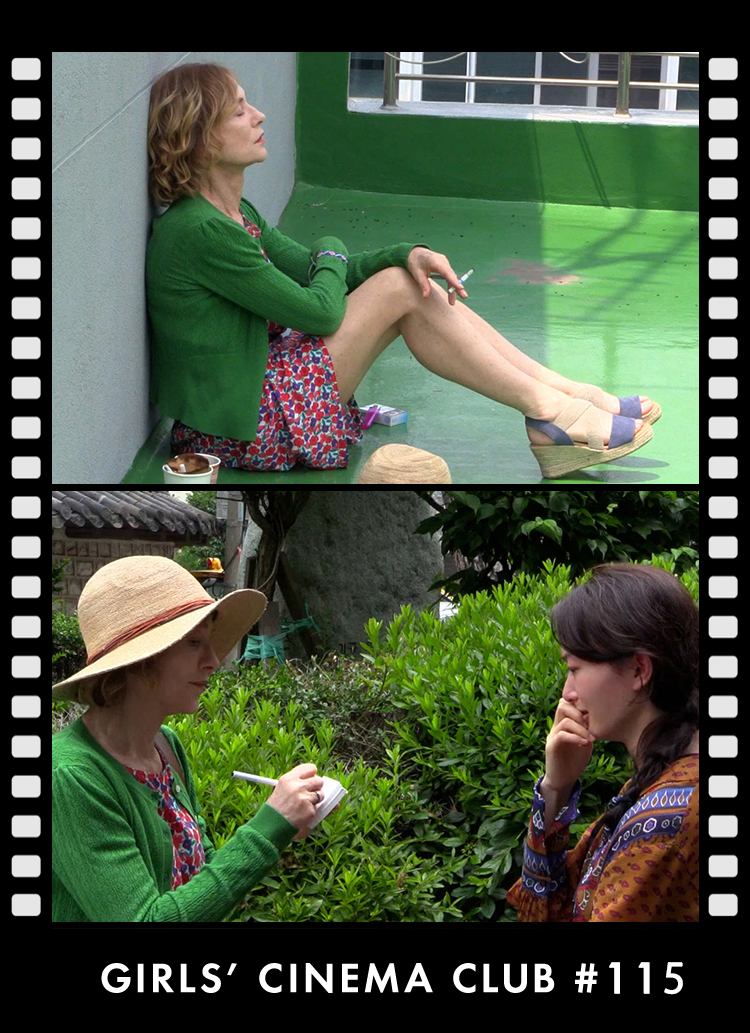Putting them into apparel doesn't always convey the charm of a photograph."
On the other hand, you have also released a zine called "Mēdeia 2.0.
Mēdeia 1.0:The Internet has saturated the world with information. If we can handle it well, there may be no problem, but it is not easy to do so in the midst of the daily flood of information.
I have the feeling that it is becoming very instantaneous.
Mēdeia 1.0:In a world where so much information flows, there are still many unresolved issues. It is the 21st century, and yet we still have such problems.
I would like to preserve such information in paper form. I wanted to preserve such issues on paper.
Naturally, paper has a sense of touch and smell, and there are sensations that arise from turning the pages. These sensations are very important for memory. Scent seems to be the most memorable thing in people's memories, and this phenomenon has been academically proven.
That is one of the reasons why I thought it would be better to have a function as a paper medium. It would make it easier to convey what we wanted to say, and it would also be more memorable.
So that's what Mēdeia 2.0 is. Are there any differences from "Mēdeia 1.0" other than the fact that it is in paper format? For example, do the photographers or themes change?
Mēdeia 1.0:Sometimes they work together and sometimes they do not. This is simply because there are times when the apparel is good and times when it is not. Just because a photo is good does not necessarily mean that the appeal of the photo will be conveyed when it is incorporated into an apparel item.
In ISSUE N˚02 of "Mēdeia 2.0," you also include works that convey a sense of heaviness, such as Stefano de Luisi's works that follow blind people.
Mēdeia 1.0: Yes, it was. It was a very direct expression. He is a wonderful artist who is highly regarded on the art side and has been exhibited there, but I wondered if it would be appropriate to incorporate his work into apparel. However, I wondered if it would be appropriate to incorporate his work into apparel, and I thought it would be wrong to wear it as a T-shirt or to propose it as a fashion item. In a sense, it could hurt the people involved.




The latest book published by Mēdeia 2.0 is composed entirely of photographs by Osamu Kanemura, a world-renowned Japanese photographer who has been active since the 1990s, and is available for sale with his rare signature. At the fair, past photo books published by Osamu Kanemura will also be on display and for sale.
Yes, I think that literacy is very important.
Mēdeia 1.0:However, I have not completely separated the two. For example, this summer we published a zine by a photographer named Osamu Kanemura through "Mēdeia2.0. We are also planning to sell some of Mr. Kanamura's work in the apparel industry. We are also planning to release a zine by Hiroko Komatsu, a photographer who won the Kimura Ihei Award, and we plan to incorporate her work into our apparel line as well.
At Mēdeia2.0, our focus is on what should be expressed through the medium of zines. We derive from that what we can do in the apparel field.
When I pick up a copy of the "Mēdeia 2.0" zine, I can see that you are also very particular about the binding.
Mēdeia 1.0:I am very particular about that. I feel that it is similar to fashion design. For example, military wear has many functions, but they are given because they are necessary and there is no waste. On the other hand, I think fashion is a culture that enjoys waste. Even decorations that are not necessary for daily life make a difference in one's mood.
Mēdeia 2.0" is also very elaborate in that sense. Rather than simply printing out photos and publishing them as a zine, we went to the trouble of pasting photos onto blank pages and creating a well-designed zine.
Do you change the design of each issue?
Mēdeia 1.0:You change everything for each title. The designs are all done by an antiquarian bookshop called Nitensha. We have them printed in Japan, and then have a bookbinder do much of the work by hand to create the zines.
However, only the size and the layout of the cover are consistent. This is a personal wish of mine, but I would love to have a whole wall of bookshelves in someone's house filled with "Mēdeia 2.0".
The fact that it is done by hand is somewhat fashionable, isn't it?
Mēdeia 1.0:There is something to be conveyed from such a place, isn't there? If you just put photos of the same size on the same page, there is no intonation. Even if the pages are next to each other, using glossy paper on one side and matte paper on the other will create a sense of urgency. By creating a rhythm in this way, I think there is something that appeals to the reader.




